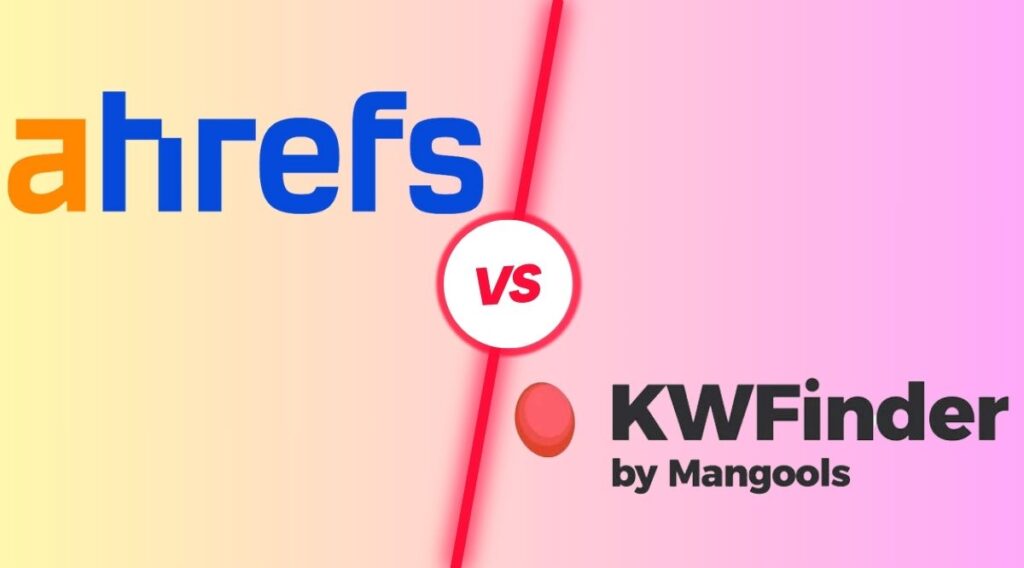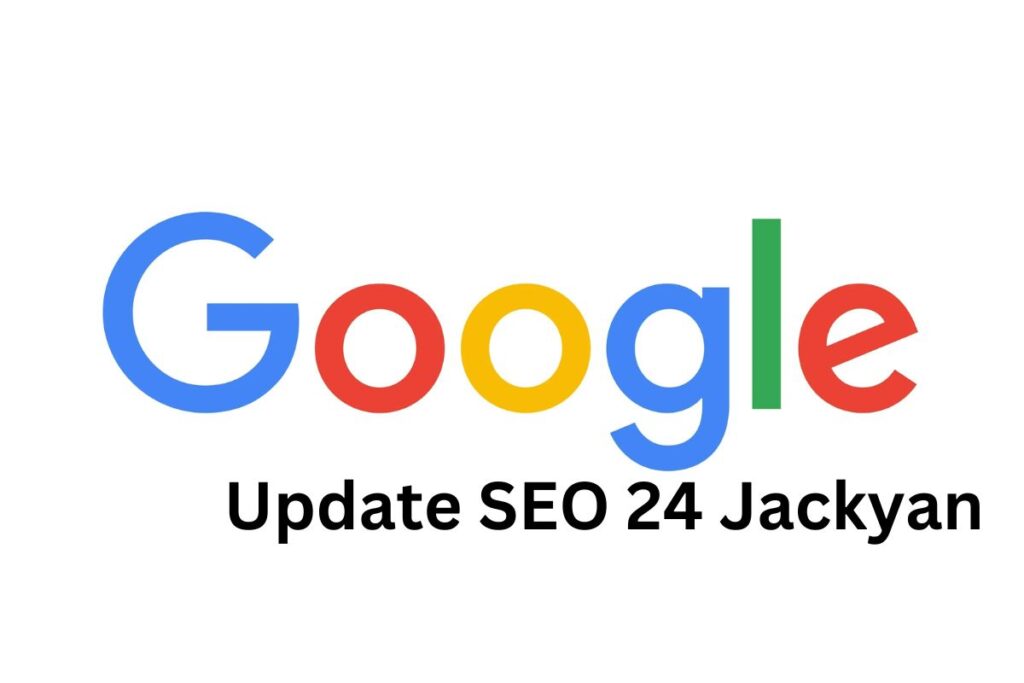Advertising on TikTok has become increasingly popular as businesses recognize the platform’s immense potential for reaching and engaging with diverse audiences. However, understanding TikTok ad costs is essential for companies leveraging the platform effectively and allocating their advertising budgets efficiently.
TikTok offers various ad formats and pricing models to suit marketing objectives and budgets. TikTok offers advertisers multiple options to showcase their brands and products, from in-feed ads seamlessly integrated into users’ feeds to sponsored hashtag challenges encouraging user participation.
Importance of TikTok Advertising for Businesses
For marketers, TikTok advertising offers a unique way to reach consumers in an environment where they are actively seeking entertainment and inspiration. The platform’s diverse range of content creators, from influencers to everyday users, TikTok ad costs allow brands to collaborate and leverage their creativity to capture attention.
Moreover, TikTok’s advertising options cater to various marketing objectives, including brand awareness, consideration, and conversion. From native ads seamlessly integrated into the user’s feed to sponsored hashtag challenges encouraging user participation, businesses have many options to engage with their audience effectively.
TikTok’s Popularity and Reach
TikTok’s rise to prominence has been nothing short of meteoric. Launched in 2016 by the Chinese tech business ByteDance, the platform gained traction among Gen Z users and quickly expanded to other demographics. Its addictive nature, driven by an endless scroll of entertaining and relatable videos, has contributed to its widespread adoption.
With users spending an average of nearly an hour daily on the app, TikTok ad costs present a massive opportunity for businesses to connect with their target audience. Its algorithm-driven feed ensures that content reaches users likely to engage with it, making it a valuable platform for brand exposure and customer acquisition.
Understanding TikTok Ad Formats
In-feed Ads
In-feed ads, or native ads, appear seamlessly within the user’s For You feed alongside organic content. These ads typically consist of short videos lasting from a few seconds to a minute. They can include various creative elements such as music, text overlays, and special effects. In-feed ads blend with the user’s browsing experience, ensuring high visibility and engagement.
Brand Takeovers
When you open TikTok, you may see a full-screen ad called a brand takeover. These ads can include images, videos, or GIFs and typically link to a landing page. Brand takeovers allow advertisers to make a bold and immediate impression on users, capturing their attention before they even begin browsing their feeds.
Hashtag Challenges
Hashtag challenges are brand-generated content campaigns to encourage user participation and engagement. Brands create a unique hashtag and challenge users to create and share videos related to a specific theme or prompt. TikTok ad costs algorithm promotes hashtag challenge videos on the Discover page, amplifying their reach and visibility. Hashtag challenges harness the platform’s community-driven nature, fostering creativity and virality.
Branded Effects
Branded effects are special effects, filters, and stickers that brands can create and sponsor in TikTok videos. These effects allow users to enhance their videos with branded elements, such as logos, slogans, or animations, creating a fun and interactive brand experience. Branded effects integrate seamlessly into the platform’s editing tools, allowing users to engage with the brand’s content while expressing their creativity.
TopView Ads
TopView ads are similar to brand takeovers but offer more ad format and duration flexibility. These ads occupy the top position in the user’s feed for a set period, typically ranging from a few seconds to a minute. TopView ads can include videos, TikTok ad costs, images, or GIFs and provide advertisers with a prime opportunity to capture users’ attention with immersive and impactful content.
Pricing Models for TikTok Ads Cost
When advertising on TikTok ad costs, marketers can choose from several pricing models to optimize their campaign budgets and achieve their desired objectives. Here are the three primary pricing models available:
Cost Per Click (CPC)
Cost Per Click (CPC) is a pricing model where advertisers pay each time a user connects to their ad. With CPC, advertisers only pay for the clicks received, making it a performance-based pricing model. This model benefits advertisers looking to drive traffic to their website, app, or landing page, as they only incur costs when users take action by clicking on the ad.
Cost Per Mille (CPM)
Cost Per Mille (CPM), or cost per thousand appearances, is a pricing model where advertisers pay for every thousand ad impressions served. In this model, advertisers pay a fixed rate for a specified number of impressions and TikTok ad costs, regardless of how many users engage. CPM is commonly used for brand cognition campaigns, allowing advertisers to reach a large audience and generate visibility for their brand or product.
Cost Per View (CPV)
Cost Per View (CPV) is a pricing model where advertisers pay for each picture or interaction with their video ad. On TikTok, a view is typically counted when a user watches a specified portion of the video, such as the first few seconds. CPV is particularly suitable for video-based campaigns and TikTok ad costs, as advertisers only pay when users actively engage with their content by watching the video. This model effectively drives engagement and awareness, especially for brands leveraging the platform’s immersive video format.
Tips for Budgeting TikTok Ad Campaigns
Budgeting for TikTok ad campaigns requires strategic planning and a thorough understanding of your marketing objectives. Here are some tips to help you set realistic budgets and maximize ad spend efficiency:
- Define Clear Objectives: Start by clearly describing your advertising objectives. Whether increasing brand awareness, driving website traffic, or boosting sales, your goals will influence your budget allocation and campaign strategy.
- Research Average Ad Costs: Conduct research or consult with advertising experts to understand the typical TikTok ad costs. Look at the data-driven analysis of ad costs on TikTok to get a sense of what you can expect to pay based on factors such as ad format, targeting options, and campaign duration.
- Compare with Other Platforms: Compare the average cost of TikTok ads with other social media platforms like Facebook, TikTok ad costs, Instagram, and Snapchat. Consider each platform’s reach, engagement, and targeting capabilities to determine where you can get the most value for your advertising budget.
- Set Realistic Budgets: Set realistic advertising budgets for your TikTok campaigns based on your objectives and research. Consider factors such as the size of your target audience, outside-of-schedule TikTok ads, the competitiveness of your industry, or the desired level of ad exposure when determining your budget.
- Maximize Ad Spend Efficiency: Focus on maximizing the efficiency of your ad spend to achieve your goals within your budget constraints. Test different ad formats, targeting options, and creative variations to identify what reverberates best with your audience and drives the highest return on investment (ROI).
- Monitor and Optimize Performance: Continuously monitor the performance of your TikTok ad campaigns and adjust your budget allocation accordingly. Allocate more budget to campaigns and ad sets that deliver positive results while scaling back or optimizing underperforming campaigns to minimize wasted spend.
- Experiment with Different Strategies: Feel free to experiment with different budgeting strategies and tactics to find what works best for your business. Whether testing different bidding strategies, adjusting your targeting options, or exploring new ad formats, experimentation is critical to optimizing your TikTok ad performance.
Tracking and Measuring TikTok Ad ROI
Measuring TikTok ad costs and ad campaigns’ return on investment (ROI) is crucial for assessing their effectiveness and optimizing future strategies. Here are key performance indicators (KPIs) for measuring ad success and tools and techniques for tracking ROI effectively:
Key Performance Indicators (KPIs) for Measuring Ad Success
- Impressions: The number of times your ad is displayed to TikTok users. Strong impressions indicate broad reach and visibility.
- Click-Through Rate (CTR): The rate of users who click on your ad after seeing it. A high CTR means strong ad engagement and relevance to the audience.
- Conversion Rate: The percentage of users who take a selected action after connecting to your ad, such as purchasing, signing up for a newsletter, or downloading an app.
- Cost per Acquisition (CPA): The average cost of acquiring a new consumer or lead through your TikTok ad campaign. Lower CPA means more efficient use of ad spend.
- Return on Ad Spend (ROAS): The ratio of revenue generated to the ad campaign cost. A positive ROAS indicates that the campaign generated more revenue than it cost.
- Engagement Metrics: Metrics like likes, comments, shares, and video views can provide insights into audience engagement and interest in your ad content.
- Brand Lift: Measures changes in brand awareness, consideration, TikTok ad costs, and preference among TikTok users exposed to your ad campaign compared to a control group.
Conclusion
TikTok advertising presents a unique chance for businesses to reach and engage with a diverse and highly active audience through creative and immersive ad experiences. With various ad formats, targeting options, and pricing models, marketers can tailor their campaigns to meet specific objectives and budgets.
Throughout this guide, we’ve explored the various aspects of TikTok ad costs advertising, from understanding ad formats and negotiating ad rates to tracking and measuring ROI effectively. We’ve discussed strategies for optimizing ad performance, setting realistic budgets, and maximizing ad spend efficiency.
Frequently Asked Questions (FAQs)
What is the minimum budget required for advertising on TikTok?
The minimum budget required for advertising on TikTok ad costs varies depending on ad format, targeting options, and campaign objectives. While there is no fixed minimum budget, TikTok recommends starting with a budget of at least $50 per day for ad campaigns.
Are there any restrictions on the type of content allowed in TikTok ads?
TikTok has guidelines and policies regarding the type of content allowed in ads. Content must adhere to community guidelines and advertising policies, which prohibit content that is inappropriate, offensive, misleading, or violates intellectual property rights.
How does TikTok’s auction-based ad system work?
TikTok’s ad platform operates on an auction-based system where advertisers bid for ad placements founded on target audience, ad format, and campaign objectives. Advertisers set bid amounts and budgets, and TikTok’s algorithm determines ad placement based on bid competitiveness and relevance to users.
Can businesses target specific demographics with TikTok ads?
Yes, businesses can target specific demographics, interests, behaviors, and geographic locations with TikTok ads. TikTok offers various targeting options, including age, gender, location, interests, and device type, allowing advertisers to effectively reach their desired audience segments.
What are some common pitfalls to avoid when running TikTok ad campaigns?
Common pitfalls to avoid when running TikTok ad campaigns include:
- We need to understand the platform’s audience and culture.
- Using overly promotional or generic content.
- Targeting the wrong audience segments.
- Need to track and measure campaign performance effectively.
Is it possible to advertise on TikTok without spending a lot of money?
Yes, it is possible to advertise on TikTok with a limited budget. TikTok offers flexible pricing options and targeting capabilities that allow businesses to reach their prey audience effectively while managing ad spending efficiently. Starting with a smaller budget and testing different strategies can help optimize ad performance without spending much money.
How does TikTok’s ad pricing compare to social media platforms like Facebook and Instagram?
TikTok’s ad pricing varies depending on ad format, targeting options, and campaign objectives. Generally, it falls within a competitive range compared to other social media like Facebook or Instagram. Ad pricing on TikTok may fluctuate based on demand and competition within the platform.
Are there any industry-specific considerations for advertising on TikTok?
There may be industry-specific considerations for advertising on TikTok, such as aligning ad content with industry regulations and compliance standards, understanding audience preferences and behavior within specific industries, and adapting creative strategies to resonate with target audiences effectively.



































